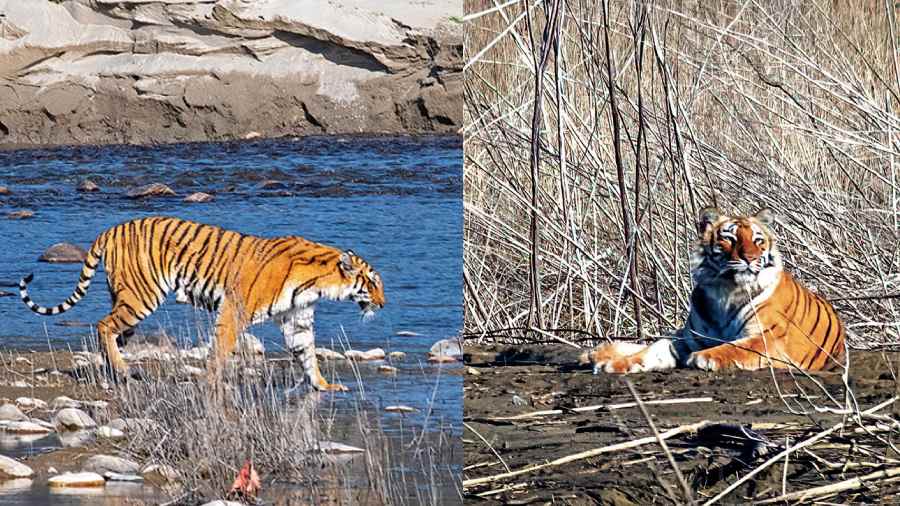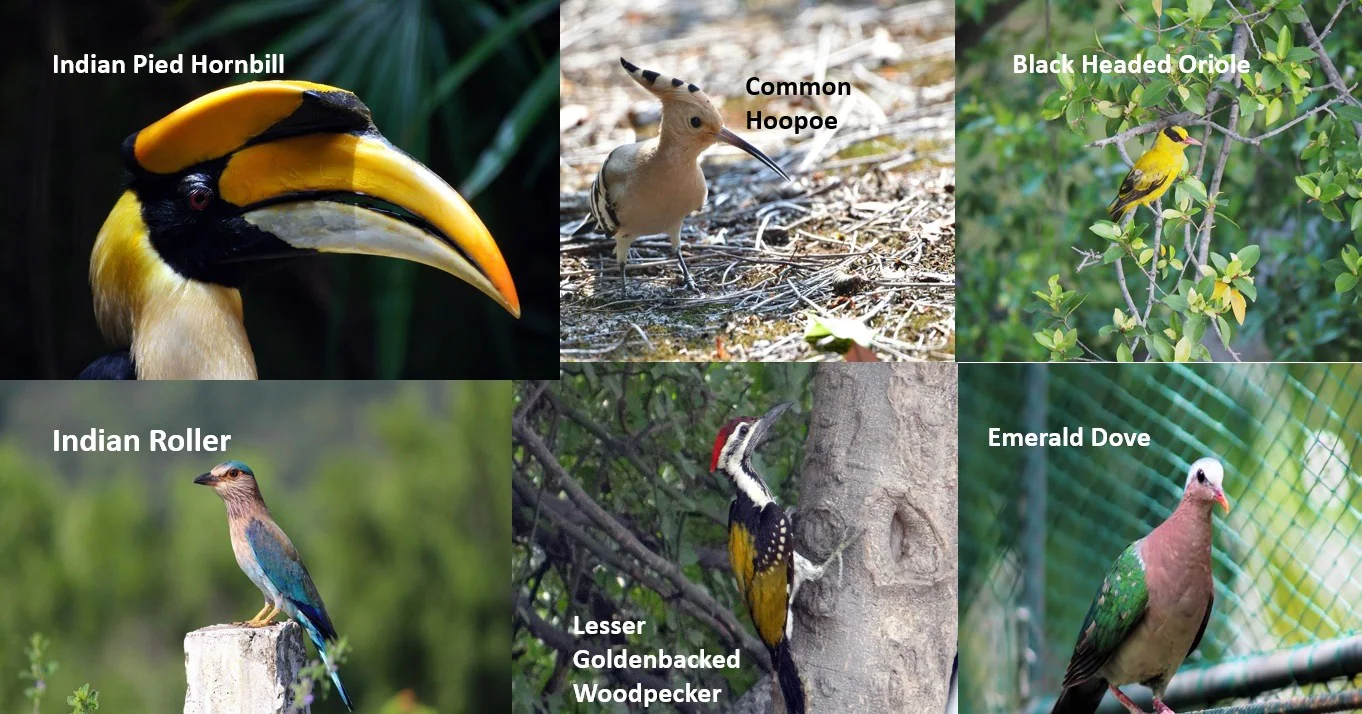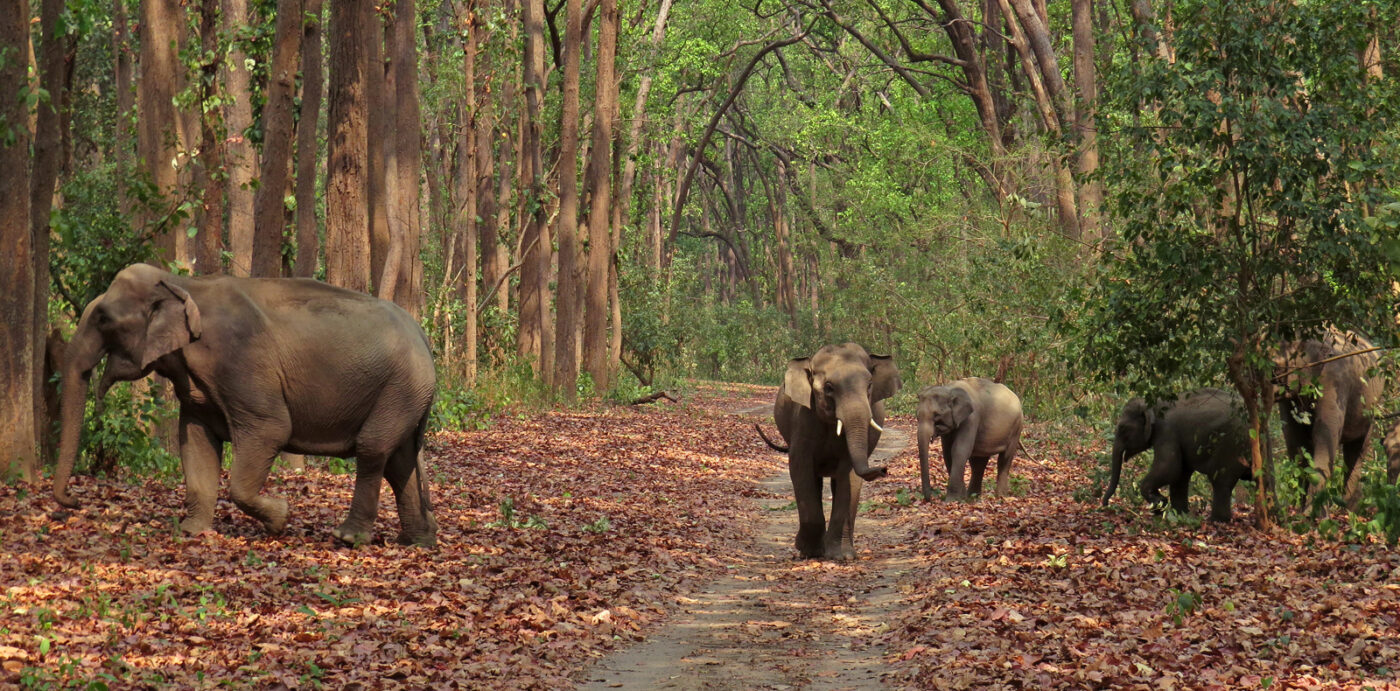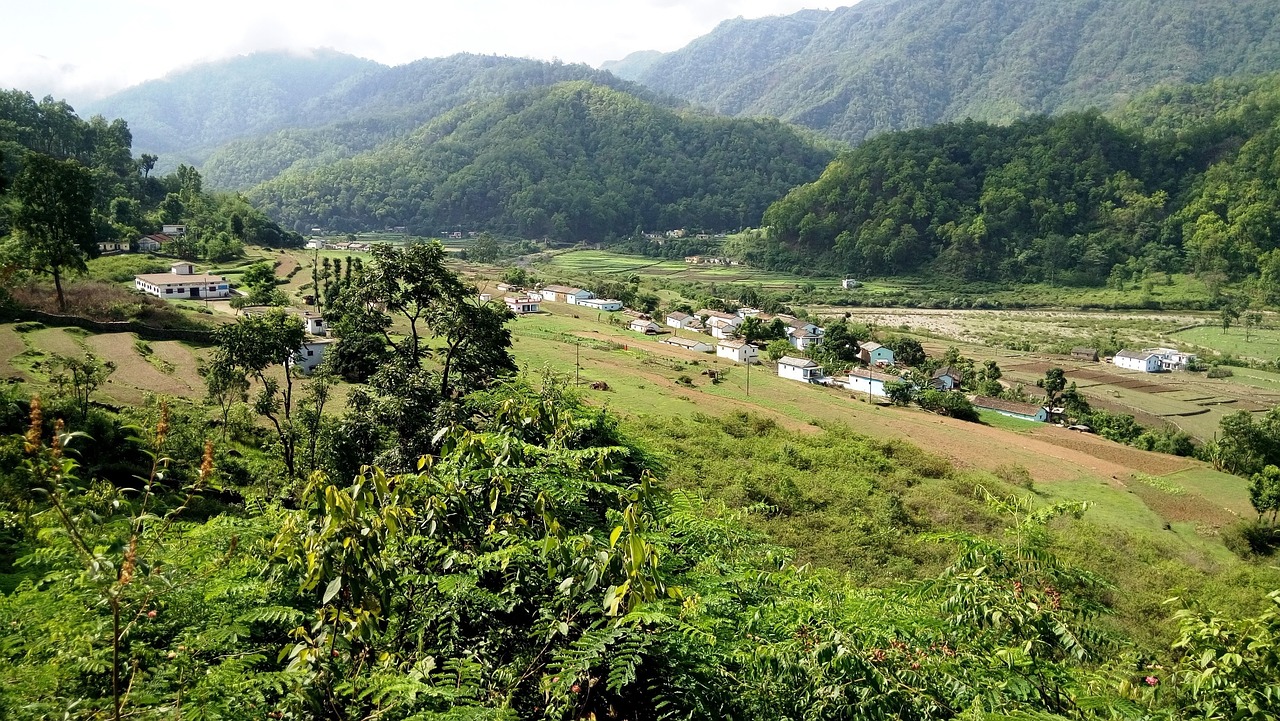Nestled within the foothills of the majestic Himalayas, Jim Corbett National Park stands as a testament to India’s rich biodiversity and wildlife conservation efforts. Further, named after the legendary hunter-turned-conservationist, Edward James “Jim” Corbett, this iconic park has captivated the hearts of nature fans and wildlife lovers for generations. In this weblog post, we embark on a digital safari by way of the wilderness of Jim Corbett National Park to discover its charming magnificence and outstanding efforts to protect its pure treasures.
A Legacy of Conservation
Jim Corbett National Park holds historic significance as one in all India’s oldest nationwide parks, established in 1936. The park was initially named Hailey National Park, and it performed a vital function within the conservation of the Bengal tiger, India’s iconic apex predator. Jim Corbett, the British-born hunter, grew to become deeply involved in the dwindling tiger inhabitants and devoted his life to defending these magnificent creatures and their habitat.
Enchanting Landscapes
Sprawling roughly 520 sq. kilometers (200 sq. miles) within the state of Uttarakhand, the park encompasses a vary of landscapes. From dense Sal forests and grasslands to picturesque riverine belts, Jim Corbett’s terrain presents a habitat for quite a lot of wildlife species.
Wildlife Wonders
Jim Corbett National Park is famed for its numerous wildlife inhabitants, making it a wildlife fanatic’s paradise. The park is house to not solely the elusive Bengal tiger but in addition a number of different outstanding species, such because the Asian elephant, Indian leopard, noticed deer (chital), sambar deer, wild boar, and quite a few avian species.
The Roar of the Royal Bengal Tiger

Undoubtedly, the Bengal tiger is the star attraction of Jim Corbett National Park. The park’s tiger inhabitants has been the topic of intensive analysis and conservation efforts. A safari by way of the park’s dense forests presents guests an opportunity to catch a glimpse of this majestic feline in its pure habitat. However, the elusive nature of tigers provides a component of pleasure and thriller to each safari expertise.
Safari Adventures

Embarking on a safari in Jim Corbett National Park is an enthralling journey that permits you to join nature at its purest kind. Also, the park presents several types of safaris, together with Jeep safaris and elephant safaris, permitting guests to discover numerous zones and enhance their probability of recognizing wildlife.
Bird watcher’s Paradise

Jim Corbett National Park can also be a haven for birdwatchers, with over 600 chicken species recorded inside its boundaries. From vibrant kingfishers and sleek eagles to the elusive crested serpent eagle and the resplendent Great Hornbill, the park presents a pleasant expertise for chicken fans. Beyond its iconic tigers and numerous wildlife, Jim Corbett National Park holds one other fascinating side that delights chicken fans – it’s a birdwatcher’s paradise. Also, the park’s different landscapes, starting from dense forests to riverine belts, present a haven for an astonishing array of chicken species.
The Conservation Efforts

The success of Jim Corbett’s conservation efforts may be attributed to the devoted park authorities, forest officers, and conservationists who tirelessly work to guard its wildlife and protect its pristine atmosphere. Community-based initiatives and consciousness applications play a vital function in fostering concord between wildlife and the native communities residing on the park’s periphery. Jim Corbett National Park, with its numerous wildlife and gorgeous landscapes, owes its existence not solely to its founder Jim Corbett but in addition to the relentless conservation efforts of quite a few people and organizations. Also, this iconic park stands as a shining instance of profitable wildlife conservation in India.
Responsible Eco-Tourism

Visiting Jim Corbett National park comes with a duty to take care of the fragile stability between tourism and conservation. Eco-tourism practices, similar to sustaining a protected distance from wildlife and avoiding littering, are essential to make sure the park’s sustainability and the well-being of its inhabitants. Jim Corbett National Park, a logo of India’s wealthy biodiversity, calls for a fragile stability between selling tourism and conserving its pristine wilderness. In short, responsible eco-tourism is the important thing to preserving this pure surprise for future generations whereas permitting guests to expertise the magic of the wild
In Conclusion

The Park stands as a beacon of hope for wildlife conservation, offering a sanctuary for India’s magnificent creatures and preserving its pure heritage for generations to come back. Further, a go-to to this pristine wilderness presents not simply a journey but in addition an opportunity to understand the sweetness and fragility of the pure world. As we have a good time the legacy of Jim Corbett and his dedication to wildlife conservation, allow us to additionally renew our dedication to guard and cherish the wilderness that can rejuvenate our souls and encourage us to be higher stewards of our planet. In this weblog publication, I highlighted the historic significance, wildlife wonders, safari adventures, and conservation efforts of Jim Corbett National Park.




